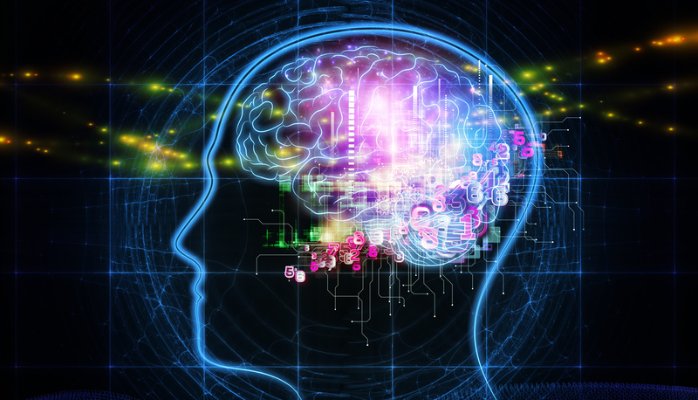
Humans are amazing creatures – driven by curiosity, intellect, ambition. The Olympic Games this month and the Nobel Prize Awards are examples of how our society reveres those who push their limits to achieve the seemingly impossible in both work and life. Digital advancements and new technologies are quickly redefining what is possible by accelerating human potential beyond the physical and intellectual capabilities of just a few years ago. But what can humans achieve with a little help from artificial intelligence?
According to Erik Brynjolfsson, economist at MIT and the co-author of The Second Machine Age, “The accumulated doubling of Moore’s Law, and the ample doubling still to come, gives us a world where supercomputer power becomes available to toys in just a few years, where ever-cheaper sensors enable inexpensive solutions to previously intractable problems, and where science fiction keeps becoming reality.”
In this, humans and machines work intimately to create entirely new ways of solving some of the world’s toughest problems by tapping into the innate capabilities of both. Advances in processing power and data storage allow people to focus on innovating, developing new concepts and creating ideas while computers can be used to analyze massive datasets in the cloud and automate routine tasks. The entire field of data science came to be out of a need to better understand all the digital exhaust created by all the ones and zeros.
Advances in natural-language processing have also been important enablers, notes Kenneth Brant, an analyst at Gartner. “These are cloud-scale applications; we are not talking about something that sits on a desktop,” he mentioned.
Think about the dramatic increase of new services like Microsoft’s Cortana, Apple’s Siri and Amazon’s Alexa that allow people to verbally speak commands into computers. This auditory input is sent to the cloud, interpreted and structured to query a database and then returns this data back into the language engine to give a verbal response back to the user. Indeed, natural-language processing is forever changing the way people interact with technology – providing a human-like interface to receive and access information quickly.
The Path to AI
While the promise of a more intelligent operating system is not that far off, it will not likely be the one depicted in the Spike Jonez science fiction movie her. In this movie, Samantha is a bodiless virtual assistant built into a computer OS that composes music, engages in seamless conversations with humans, organizes documents instantly and even falls in love.
Unlike Samantha, powerful AI that functions essentially like a complete human is extremely difficult to convey through algorithms since AI development thus far has been grounded in specific tasks across siloed domains. Building and unifying the nuanced, disparate components of human behavior, cognition and intellect is a tremendous feat and implies a finite limit to human potential.
“People have been trying to make smart machines for well over 60 years,” notes Elliot Turner, head of AlchemyAPI, which sells an AI machine learning platform. “They started with neural networking, then developed expert systems, and then machine learning with shallow [manually crafted] learning. Those approaches underlie a lot of fraud prevention algorithms today. But the mid-2000s saw a revolution called ‘deep learning.’ They took neural networks and stacked them in a way that let computers learn very complicated representations of data.”
But we are now at a point where technology is able to understand and interpret a complex array of signals, whether it be text, verbal, symbolic or behavioral – the line between computation and intelligence is becoming less and less defined.
“I used to think that there was some sort of magic to brain-like activity,” said Stephen Wolfram, whose Wolfram Alpha drives the AI-like database of Siri. But after years of study, he concluded that “there is no bright line distinction between what is intelligent and what is merely computational.” Cellular automata, which are simple rules or programs that produce behavior that is very complicated, are an example of this.”
He posits that what makes our intelligence special is the shared human experience – human details, human culture, human interactions. Beyond computation, these combined attributes are what makes us inherently human. Anything less is just an approximation.
“Human enhancement is happening all the time, largely through incremental improvements on existing technologies,” wrote Will Oremus, a reporter at Slate. “And contrary to those who would have you believe that the golden era of innovation is behind us, the rate of this progress shows no signs of slowing. It just doesn’t always follow the paths that the experts predict.”
The good way to think about how humans and computers will work together in the future is to explore how AI can improve our lives through automating routine tasks like calculating the time you spend in meetings each week or in improving the quality of the photos you take. In essence, AI will empower humans to be, well . . . human again.
The article was published in The Huffington Post by
